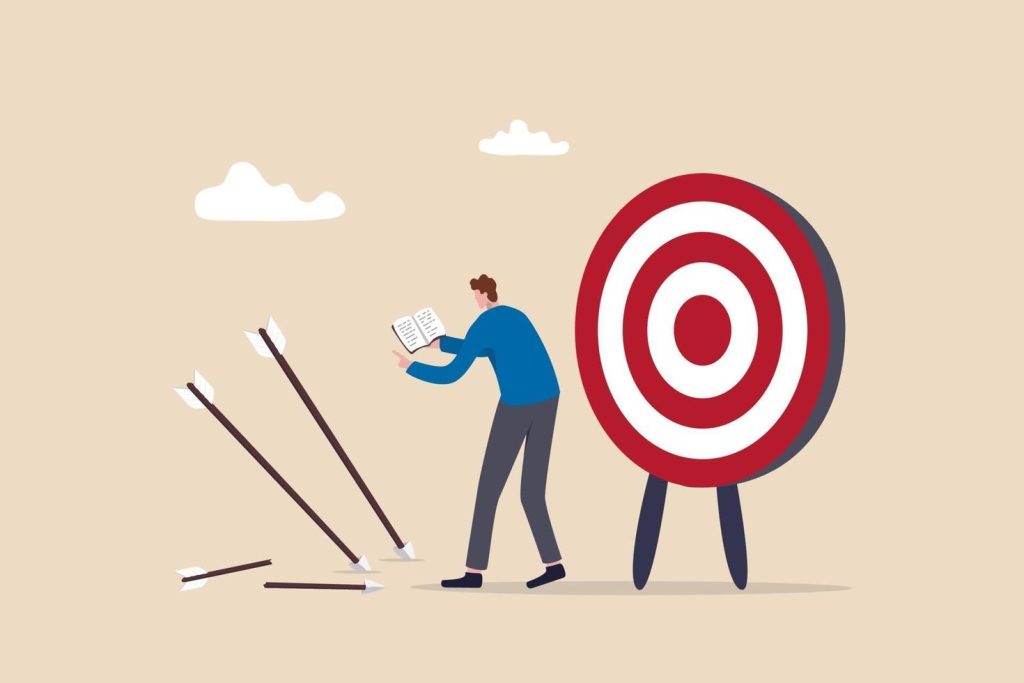Learning to Embrace Mistakes as Part of the Growth Process
Megan Gray August 4, 2025
Failure isn’t what it used to be. In today’s fast-moving world, it’s becoming clear that mistakes are not just inevitable—they’re essential. From classrooms to boardrooms, embracing mistakes as part of the growth process is a concept gaining serious traction, and for good reason.

The Shift Toward Embracing Mistakes
There was a time when any slip-up could derail a career or academic path. Now, top-performing companies are doing the opposite: creating cultures where failure is not just tolerated but encouraged. Amazon CEO Jeff Bezos once called failure “an inevitable byproduct of invention.” Companies like Google conduct post-mortems without blame, learning from what didn’t work to fuel what comes next (Edmondson, 2019).
This attitude reflects a larger societal shift. Thought leaders are no longer asking how to avoid mistakes—they’re asking how fast you can recover and what you learn in the process.
The Brain Learns Best by Getting It Wrong
Scientific studies back this up. Neuroscientists have found that the human brain reacts more intensely to errors than to correct answers, triggering a learning mechanism that helps us adjust and grow (Moser et al., 2011). Another study in the Annual Review of Psychology showed that the effort of correcting errors results in longer-term memory retention compared to when answers are given immediately (Metcalfe, 2017).
When we make a mistake, the brain goes into high alert—processing, analyzing, and adjusting. This is the engine of progress.
Mistakes That Built Empires
Many iconic businesses and products were built on failed attempts. James Dyson famously created over 5,000 failed prototypes before landing on his now-patented bagless vacuum. Elon Musk’s rockets failed repeatedly before achieving orbit. Even Steve Jobs was fired from Apple before returning and transforming it into one of the world’s most valuable companies.
These stories aren’t exceptions—they’re the rule. Greatness often begins where failure left off.
The Future of Education: Fail Smarter
Schools worldwide are rethinking the punitive approach to mistakes. Finland’s model, often cited as one of the best, encourages students to explore, err, and reflect. Instead of punishment for wrong answers, there’s emphasis on feedback and personalized support (Sahlberg, 2015).
In the U.S., “Growth Mindset” programs developed from Dr. Carol Dweck’s research are now standard in many school districts. They teach students that ability isn’t fixed—it develops through effort and, critically, through getting things wrong (Dweck, 2006).
The Workplace Revolution: From Shame to Strategy
Corporate culture is also catching on. According to McKinsey & Company’s 2023 innovation report, businesses that support risk-taking and fast iteration are three times more likely to lead their industries in innovation (McKinsey & Company, 2023). These organizations understand that strategic failure is far more productive than paralyzing perfectionism.
Netflix’s culture memo encourages “informed risk-taking,” while design firm IDEO builds entire teams around trial, error, and iteration. These companies don’t just tolerate mistakes—they require them.
How to Build a Mistake-Friendly Mindset
Adopting a mindset that sees errors as opportunities isn’t automatic—but it’s learnable. Here are practical ways to shift your relationship with failure:
- Start a Failure Log: Document your mistakes, what caused them, and what you learned.
- Debrief After Errors: Reflect right after a mistake while the lesson is fresh.
- Reframe Your Thoughts: Replace “I failed” with “I learned what doesn’t work—yet.”
- Ask for External Feedback: Sometimes others see what we can’t.
- Celebrate the Process: Give yourself credit for taking the risk, even if the result wasn’t perfect.
Embracing mistakes as part of the growth process means training yourself to see failure as a source of feedback—not finality.
Leadership’s Role in Redefining Mistakes
To create environments that support growth through failure, leaders must model vulnerability. By sharing their own past errors—and the lessons they drew from them—they create a space where team members feel safe to take calculated risks.
More tactical steps include:
- Holding Blameless Post-Mortems: Review what happened without finger-pointing.
- Setting Failure KPIs: Track learnings and process improvements from failed initiatives.
- Public Recognition of Learning: Highlight stories where failure led to innovation.
This approach helps build psychologically safe teams that perform better in the long run.
Mental Health Benefits of Failing Without Fear
There’s a hidden advantage to embracing errors: better mental health. Constant fear of failure can lead to chronic stress, self-doubt, and burnout. Dr. Kristin Neff’s work on self-compassion shows that people who treat themselves kindly during tough times experience lower levels of anxiety and depression and bounce back faster (Neff, 2011).
Instead of dwelling on mistakes, resilient individuals accept them, learn, and move forward. Organizations that support this mindset report higher employee engagement and retention.
When Mistakes Shouldn’t Be Ignored
While mistakes can lead to growth, not all errors are created equal. In high-stakes industries like healthcare or aviation, mistakes must be approached with robust systems for accountability and learning. The goal isn’t to erase the fear of error—but to shift it from fear of blame to a commitment to continuous improvement.
Even in these fields, tools like simulation training and double-loop learning help professionals evolve through practice, without real-world consequences.
Final Thoughts: Mistakes Are Milestones
The evidence is overwhelming—success is built on failure. Whether you’re leading a team, running a classroom, or just trying to grow personally, your mistakes are not a sign that you’re on the wrong path. They’re proof that you’re trying, learning, and moving forward.
Embracing mistakes as part of the growth process isn’t just a trend—it’s becoming a necessity for those who want to innovate, adapt, and thrive in a rapidly changing world. Learning to value failure cultivates resilience, encourages curiosity, strengthens problem-solving, and prepares us for future uncertainty.
References
- Moser, J. S., Schroder, H. S., Heeter, C., Moran, T. P., & Lee, Y. H. (2011) Mind Your Errors: Evidence for a Neural Mechanism Linking Growth Mind-Set to Adaptive Posterror Adjustments. Available at: https://journals.sagepub.com (Accessed: 4 August 2025).
- McKinsey & Company (2023) Innovation through Failure: Why Companies Need to Get More Comfortable with Risk. Available at: https://www.mckinsey.com (Accessed: 4 August 2025).
- Metcalfe, J. (2017) Learning from Errors. Available at: https://www.annualreviews.org (Accessed: 4 August 2025).







